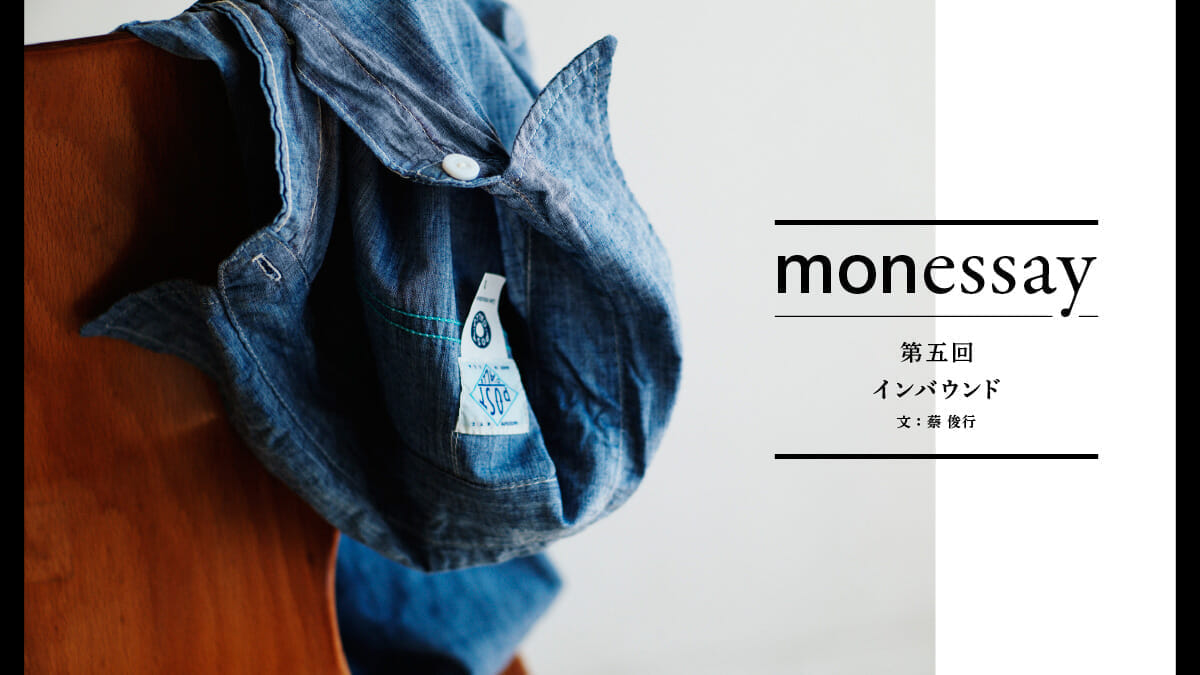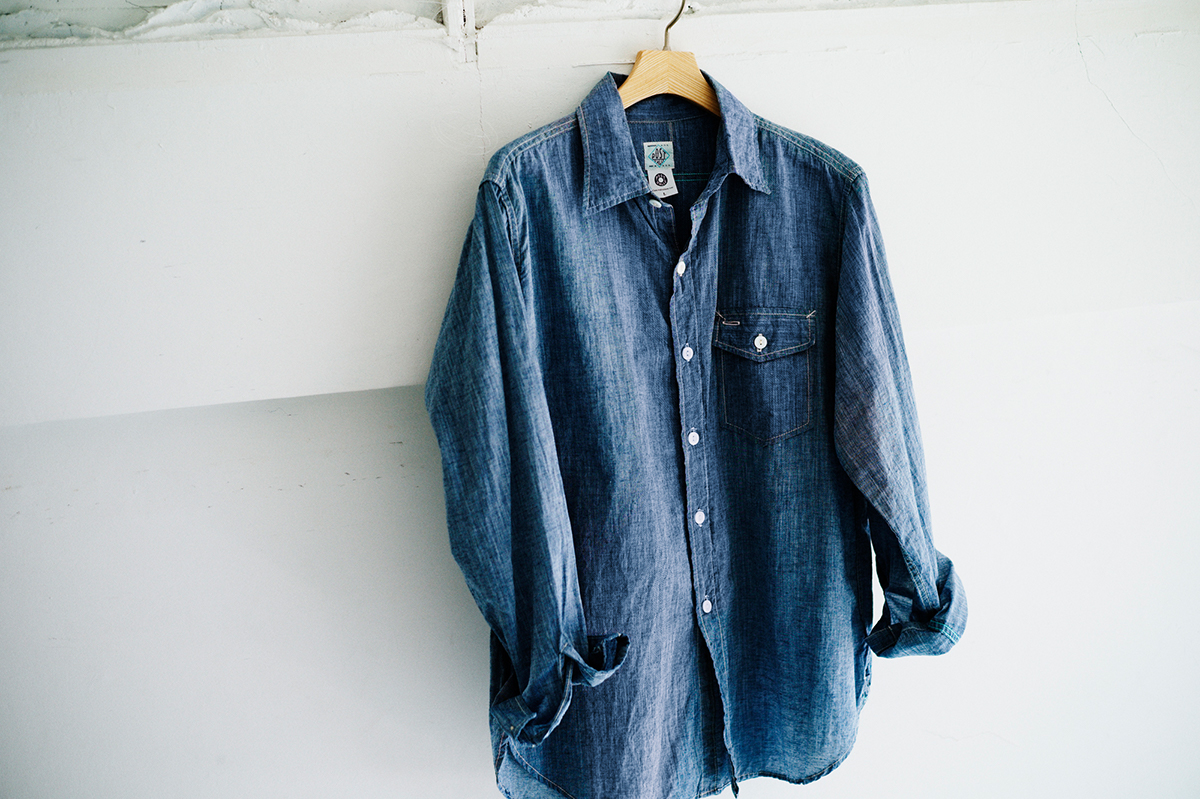visitThere is a lot of talk about foreigners in Japan , the so-called "inbound". It has become the default to hear only foreign languages when walking around famous tourist spots. Of course, the same is true in Tokyo.
the other sideOn April 24, I finished my business in Kurashiki, Okayama, where I was born and raised, and had about an hour to kill, so I went to the Bikan Historical Quarter, a famous sightseeing spot in the area. I had heard that the area had undergone a major transformation in recent years, but I had not realized how many stores had opened there. The shopping district, which had been shuttered, seemed to be making a slight comeback, and the words "this is a model of regional revitalization" crossed my mind. Kurashiki has become known around the world for its denim production, so it is interesting that there are various stores selling denim items that can (probably) only be purchased here. This would certainly be a hit with tourists.
ourI was expecting to see inbounders walking around with a look of curiosity on their face, but it was not to be. . The local people told me that the number of foreigners had increased tremendously, but it was not yet a sanctuary. According to the locals, the number of foreigners has increased tremendously, but it cannot be said that the area is occupied. If you want to go, go now .
fAs I have written several times in my blog, prices in Japan have not risen much in the past 30 years, with a few exceptions, and many things are cheaper than they were then. In fact, many things have become cheaper than they were then: 30 years ago, a one-room apartment cost about 60,000 yen (within a 10-minute walk along a private railway line), the starting salary for a college graduate was about 200,000 yen, Alden leather shoes cost 35,000 yen, and Levis were about 6,800 yen. Although this is probably not a good reference for home appliances, since the selling price of home appliances declines as they become commoditized, VCRs and cameras were priced at 200,000 yen or more, and people talked about how inexpensive a television was if it cost less than 10,000 yen per inch.
fifth sign of the Chinese calendarI have heard that the starting salary in Kura's parent's time was about 5,000 yen, but starting 30 years ago, the inflation rate is completely different from the 30 years before that and today (closing one's eyes for a moment to factors such as rapid growth).
just (e.g. "just try it")However, this is not the case at all when we look at other countries. In all developed countries, the prices of goods are rising at a healthy rate, albeit to varying degrees. I used Alden as an example, but in Japan, the price has more than doubled. Of course, this is probably due to the price slide accompanying the price increases in other countries.
NMy son who lives in Y works at Dover Street Market , and I was surprised when I heard the amount of his salary. It is more than double the starting salary for a college graduate in Japan . . This is not something that can be dismissed as a result of the high cost of living in the city. It has been talked about before that Chinese companies pay starting salaries of 400,000 yen or more, but Japanese companies cannot compete with this. I'm sure my staff would ask me, "What about your company, then? . I am sorry.
comradeI have an acquaintance who runs a brand in New York, and I can imagine how difficult it must be to sell products in Japan, given the price difference between domestic and foreign prices. In addition, the cost increases further due to the freight rate and tariffs. The rebound is reflected in the price of the product.
(after noun, adjective-stem or plain verb) just keepsMost of my wardrobe is made in New York. This is especially true for shirts. In recent years, I haven't found a shirt that I like more than the ones from "Post Over Alls. I personally like it so much that I buy it even if I have to, but it is an item that people who are fine with UNIQLO would never be able to afford.
be beyond one's control. Is there no other way but to rely on inbound?



